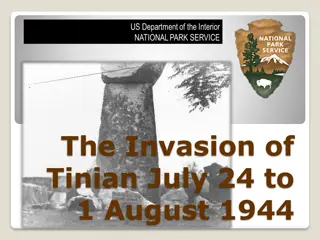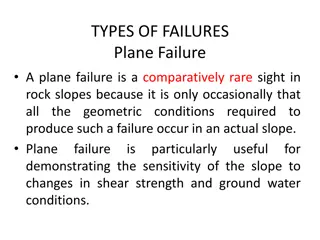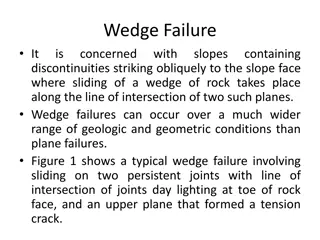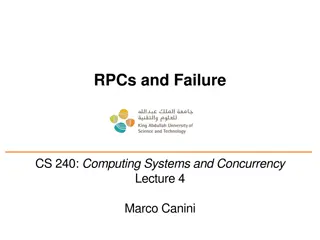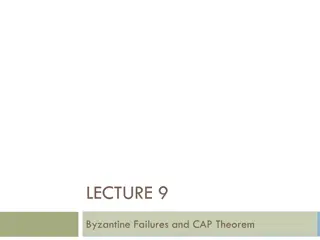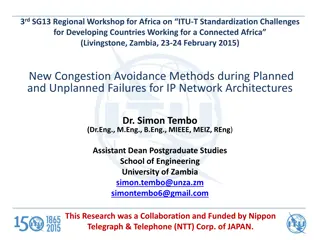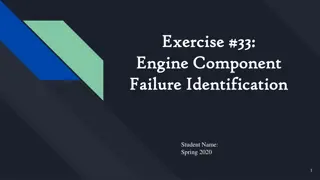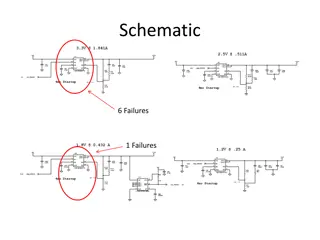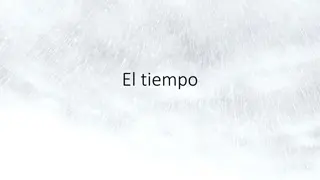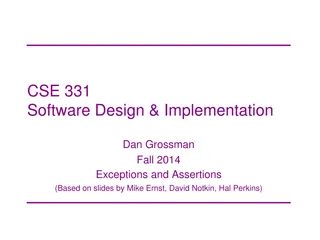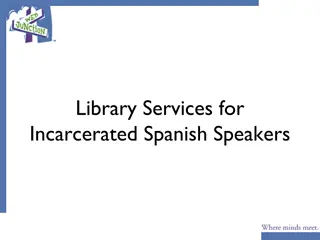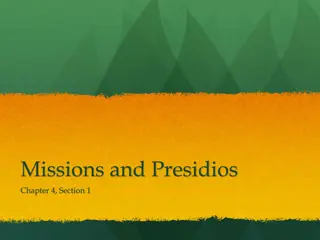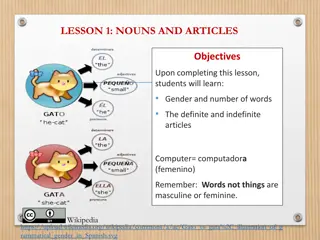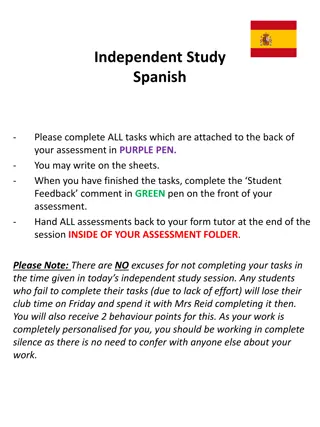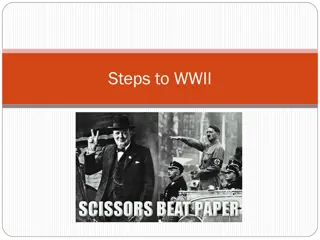The Spanish Invasion of 1588: Key Events and Failures
The Spanish Invasion of 1588 saw Spain's powerful Armada facing off against England in a bid to conquer the island nation. Despite Spain's advantages in fleet size and troop numbers, various factors such as strategic decisions and lack of coordination led to the failure of the invasion. Analyzing the key events and reasons for Spanish failure provides insight into the significance of various factors shaping the outcome.
Download Presentation

Please find below an Image/Link to download the presentation.
The content on the website is provided AS IS for your information and personal use only. It may not be sold, licensed, or shared on other websites without obtaining consent from the author. Download presentation by click this link. If you encounter any issues during the download, it is possible that the publisher has removed the file from their server.
E N D
Presentation Transcript
LO: To identify and understand the key events of the Spanish invasion. To explore the reasons for Spanish failure, and argue which was most significant.
Context The Spanish Invasion of 1588! THE TWO FLEETS Both Spain and England were prepared for war by 1587, but with very different approaches CAUSES OF THE INVASION! Spain: Huge numbers (approx. 150) of fully equipped warships, including Galleons specially designed battleships for war. Huge, slow and powerful. Also between 30-50,000 troops prepared for the land invasion, from both Spain and the Netherlands. Led by aristocrats like Duke of Medina Sidonia. The Spanish Armada didn t sail at random in 1588, there were a complex series of factors that led to Spain finally launching an invasion use the anagrams below to work the causes out! OIGLEIRN RMYA NQEUE FO TSCOS STAEPRI TDARE NAD HET WNE DLWOR 1. RELIGION 2. MARY QUEEN OF SCOTS 3. PIRATES 4. TRADE AND THE NEW WORLD 5. DUTCH REBELLIONS CHTUD LLBEIORENS England: Large quantity of ships (approx. 200) but few were purpose-built for war. The majority of the fleet were adapted merchant vessels. No professional army, but the trained bands , the local militia, were called up and waiting for the invasion. Led by the famous and experienced Sir Francis Drake, under the overall command of Lord Howard.
Spanish ADVANTAGES English ADVANTAGES Spanish DISADVANTAGES English DISADVANTAGES
Decision One: How should you prepare for the invasion? What really happened? The Armada consisted of approximately 151 ships, including many Galleons. The Spanish had over 30,000 soldiers on board, with huge amounts of equipment. The Spanish fleet was thus very well equipped and powerful, but also slow and ill-adapted to naval combat.
Decision Two: What formation should you use? What really happened? The Spanish set sail from Lisbon, aiming to meet the Duke of Parma (and 20K more troops!) on the Dutch coast. The Armada sailed in Crescent Formation, an almost unbreakable defensive formation.
Decision Three: Should you attack, or pick up the troops? What really happened? The English lit beacons along the coast to alert Lord Howard/Francis Drake to the invasion. The English began to attack from distance, but little damage done. The Duke of Medina Sidonia decided to prioritise meeting the Duke of Parma, ignoring the English fleet and their harrying attacks.
Decision Four: Fireship attack! Hold position or flee? What really happened? The Spanish fleet docked in Calais to await the Duke of Parma, but lack of communication meant he wasn t there yet or ready. On August 7th Drake sent 8 fireships towards the Armada, and they cut their anchors and scattered in panic. The crescent formation was broken!!
Decision Five: Retreat or Attack? What really happened? On August 8th 1588, the Armada and the English fleet engaged in the Battle of Gravelines. The English kept out of range, using their long-range culverins to strike at the Armada. Five Spanish ships were captured or forced to land, and the Armada had to retreat.
Decision Six: How to escape? What really happened? The Armada sailed North, into the North Sea, aiming to sail around Scotland and Ireland to escape. Without maps of the area, or understanding of the Gulf Stream (winds from the Atlantic), this was VERY risky. Storms blew the Armada onto rocks by Scotland and Ireland and over 80 ships were lost. Only 65 of the original 151 ships returned to Spain and thousands of Spanish troops drowned or were killed on the coastline.
What were the consequences of the Spanish defeat? What were the consequences of the Spanish defeat? England was established as a great naval power over the following century, the Navy grew larger and more dominant. Elizabeth gained further respect at home and abroad, and idea of Gloriana grew. Philip II never tried to invade England again! (though the war continued )
Why did the English really win? Why did the English really win? Spanish mistakes/organisation Francis Drake raided the Spanish fleet at Cadiz, in 1587, then again at Calais using fireships. Why was the Armada defeated? English Tactics The Weather EXT: What was the most important factor, and why?


